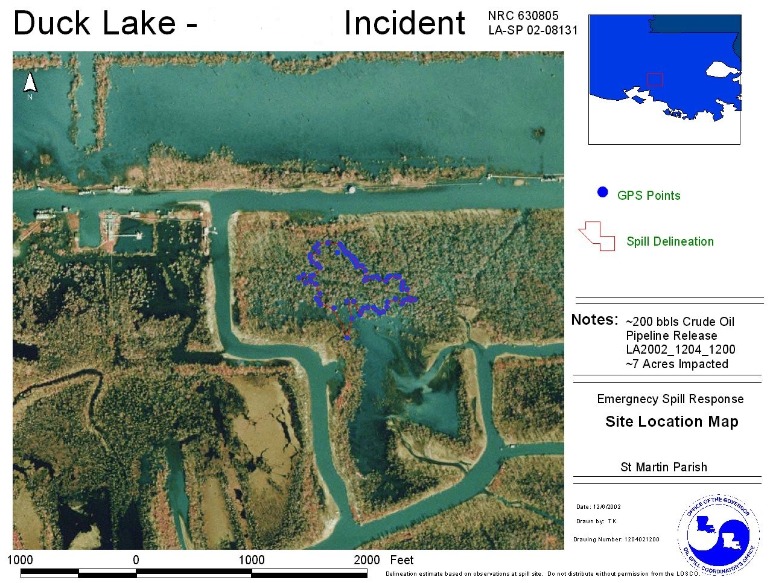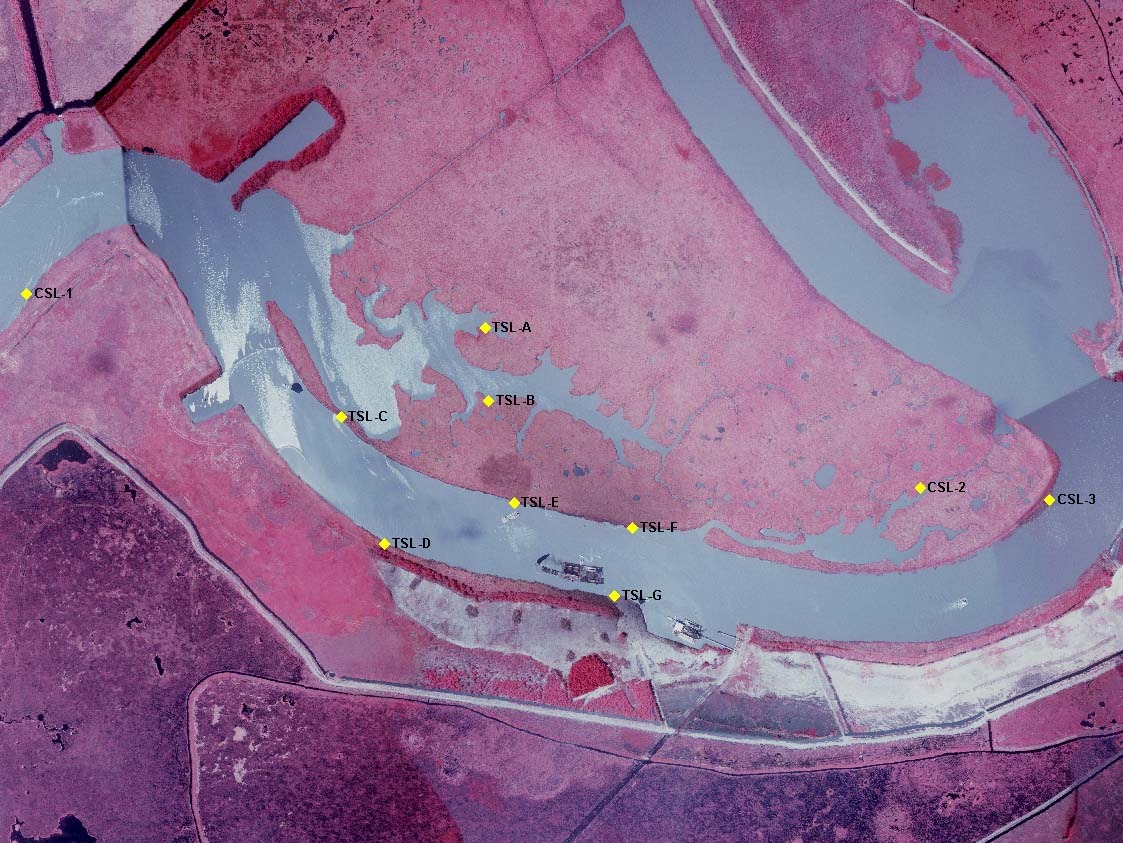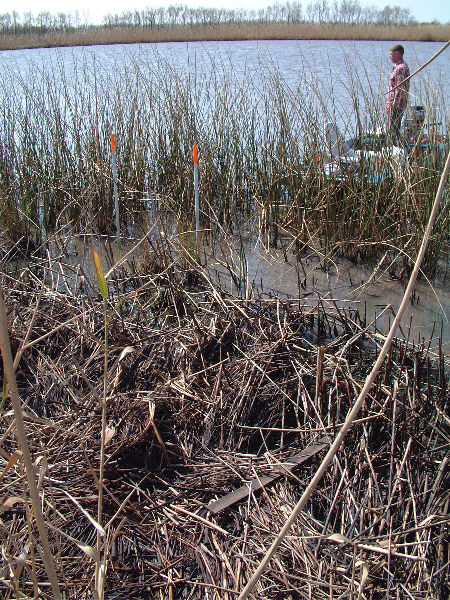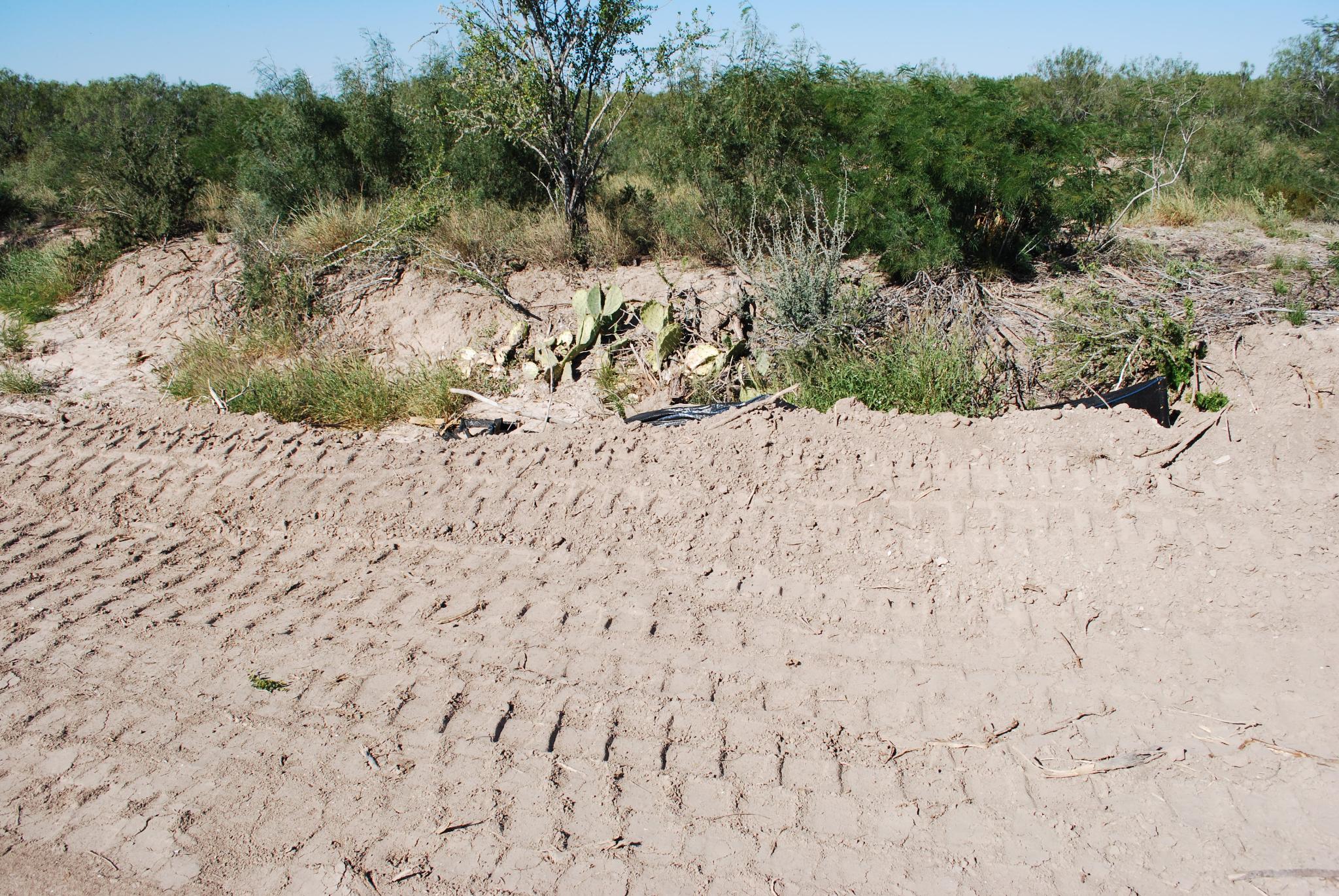WELCOME TO
AXIS ENVIRONMENTAL SERVICES, INC.
Combining innovative technical understanding with practical experience in oil and gas operations, facility operations and environmental regulatory affairs.
ABOUT AXIS

Bill Wilder and Larry Peyton in 1997
AXIS ENVIRONMENTAL was incorporated by Bill Wilder and Larry Peyton in 1997. Larry's chemical manufacturing background and Bill's environmental science and remediation capabilities were the basis for provision of cost effective, client specific solutions to environmental issues and regulatory compliance. Bill took sole possession of the business following Larry's retirement in 2006. Today, Axis continues to provide environmental consultation, litigation support, expert witness testimony, management and cost control of site investigations and remediation projects, emergency response evaluation and risk management services from its headquarters in Magnolia, Texas.
Axis combines in-depth technical understanding with practical experience in oil and gas operations, industrial processes, environmental regulatory affairs and remedial design. An understanding of our clients' operations and business constraints is essential for providing effective, compliant and cost-effective solutions.

William R. Wilder, Ph.D. - President
Dr. Wilder (Bill) has BA, MA and Ph.D. degrees in Biology from Rice University, with research related to natural resource management and fate and persistence of contaminants in the environment. He has performed environmental studies for 40 years and hazardous materials related investigation and remediation for over 35 years. He has testified before regulators and been an expert witness for over 30 years in areas including contaminant behavior, migratory pathway evaluation, remediation impacts, emergency response, groundwater, toxicology and future cost calculations. He has participated in RCRA and CERCLA projects throughout the United States and negotiated consent decrees with State and Federal entities. He has worked in conjunction with numerous state agencies, the USEPA, the USCG and the USCOE. Dr. Wilder has worked throughout North America and in Asia, South America and the Caribbean.
His clients include E&P companies, transportation and processing companies and insurance carriers/underwriters, for whom he works in support of defense and coverage issues as well as in remediation oversight and cost control management. He has served as an expert for the USDOJ and the State of Texas. Dr. Wilder has participated in industrial and commercial lawsuits, provided expert witness testimony in state and federal jurisdictions, performed Natural Resource Damage Assessments (NRDA) of various ecotypes, handled regulatory negotiations, designed and implemented long-term field studies and managed citizen's action committee interaction.
A full resume/CV is available upon request.
SAMPLE PROJECTS
PRODUCED FLUIDS SPILL IN FRESHWATER SWAMP
DUCK LAKE FIELD, SOUTHERN LOUISIANA


Axis was hired by the land owner to oversee response efforts for a release of produced fluids from a gathering line in the Duck Lake area of the Atchafalaya Basin (upper-left photo). After the report was generated for the landowner and control of the site was relinquished by the USCG, the operator requested that Axis be retained to manage the remediation/restoration efforts. Axis worked with the regulatory agencies involved (managed by the Louisiana Oilspill Coordinators Office, or LOSCO) and developed a field monitoring plan to establish levels of impact within the area defined by LOSCO (outlined in the upper-right photo).
Although the cypress-tupelo swamp did exhibit stress (gray area slightly above center in the lower-left photo), use of water-stress measurements and monitoring of plant sampling quadrats (lower-right photo) demonstrated recovery of herbaceous flora and the temporary nature of the ecological impact from the produced fluids release. The recovery of the area was considered and helped to minimize the amount of land bank purchases the operator was required to make in restitution to the State.


RESPONSE/REMEDIATION OVERSIGHT FOR TERRORIST ATTACKS ON PIPELINES IN/NEAR VERACRUZ STATE, MEXICO


Axis was hired by the underwriter/insurance adjuster for PEMEX to oversee response efforts for four different terrorist sabotage attacks on three 48-inch diameter natural gas pipeline sections and one 30-inch liquids pipeline in South-Central/Atlantic-Coastal Mexico. The explosive devices were detonated at three compressor stations (see upper-left photo as an example) and one suspended river crossing facility (upper-right photo). Response/remediation efforts included decontamination of contaminated/burned agricultural areas (lower-left photo) and product recovery/habitat restoration of riparian environments impacted by both contaminants and blast energy (lower-right photo). Project tasks included assessment of response appropriateness, evaluation of project costs and negotiation of restitution payments for lost revenue and natural resource damages.


WELL BLOWOUT ON THE MERMENTAU RIVER SOUTH OF
GRAND LAKE, CAMERON PARISH, LOUSISANA


Axis was hired by the underwriter/insurance adjuster for an independent oil and gas exploration company to oversee response efforts for a well blowout that released produced fluids including light condensate into surrounding estuarine waters and marsh. The upper-left photo is an infra-red spectrum representation showing the overall impact/study area. The well pad from which the release occurred was in the dredged out area just east of the point labeled TSL-G. The darker colored area just north of the point labeled TSL-E indicates where marsh vegetation was most affected by the deposition of light condensate following wind-transport during the blow-out event. Axis personnel worked with members of the Louisiana Oil Spill Coordinators Office, Louisiana Department of Natural Resources, Louisiana Department of Wildlife and Fisheries, and the US Department of Fish and Wildlife to design and execute an impact study. Analyses of sample plots was done using Braun-Blanquet Survey Methods (upper-right photo). The lower-left photo typifies an area with substantial die-back of the vegetation closest to the river, while the bottom-right photo demonstrates the recovery of the local flora within one growing season of the release event. The two-year analyses were completed to the satisfaction of all parties, and verified that permanent impact was not created by the accidental release of materials during the well blow-out.


REMEDIATION RESPONSE ACTIONS FOR AN EXPLOSION AT A
FEED PELLETIZING FACILITY IN NORTHEASTERN OHIO


Axis was hired by the underwriter/insurance adjuster for the animal feed manufacturer. A catastrophic system fault resulted in an explosion within the pelletizer unit. The massive explosion destroyed over 50% of the main building, structurally destabilized the entire remaining structure, and required extensive response from numerous fire departments. After the fire had been extinguished a residual pool of fire water was found in the basement/substructure of the main building. This water had been contaminated with soot as well as solubilized products of incomplete combustion of the organic materials consumed in the fire. The fire-water contained in the basement is visible (above-left photo) along the access ramp that formerly lead to the facilities located in the basement. One of the transfer pumps used to remove the contaminated water from the substructure is seen in the above-right photo. The extensive damage caused by the explosion is also apparent. Axis worked with the manufacturer and the underwriters to find the most economical and compliant disposal alternative for the contaminated water.
EVALUATION OF ENVIRONMENTAL IMPACTS FROM WIND FARM CONSTRUCTION IN SOUTH TEXAS

Axis was hired by the landowner to determine if the construction company was adhering to contractual obligations and regulatory requirements. Axis found that the erosion (seen in the foregrounds of the left and below-left photos) common to many of the installation sites was due to improper placement of control structures and earthwork procedures resulting in steeply sloped areas resistant to re-vegetation. The almost completely buried erosion control fencing installed as part of the Stormwater Pollution Prevention Plan (SWPP) submitted by the constructor is barely visible in the below-right photo. Axis discussed observed inadequacies with the Construction Project Manager and assisted the landowner in gaining full cooperation from the constructor.

